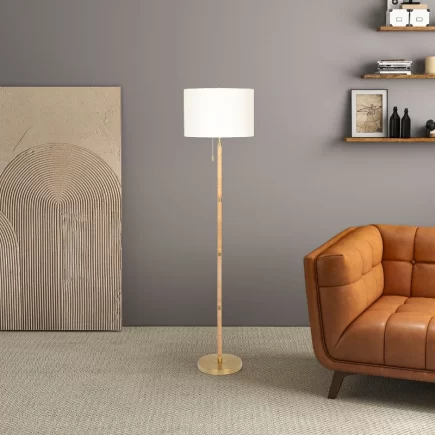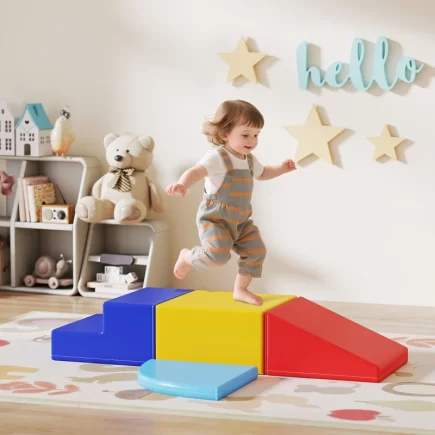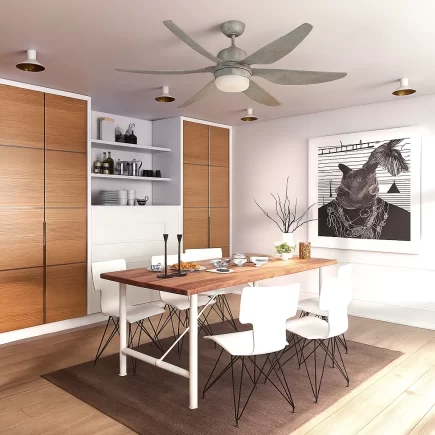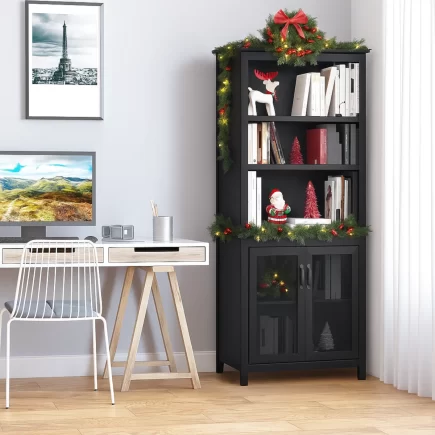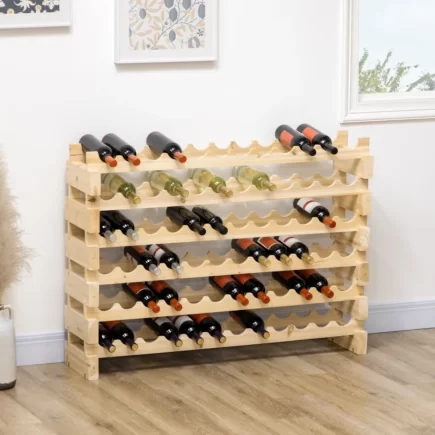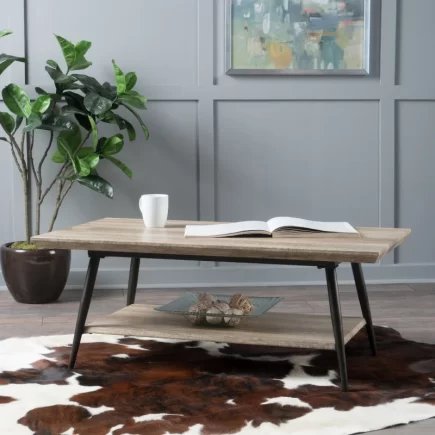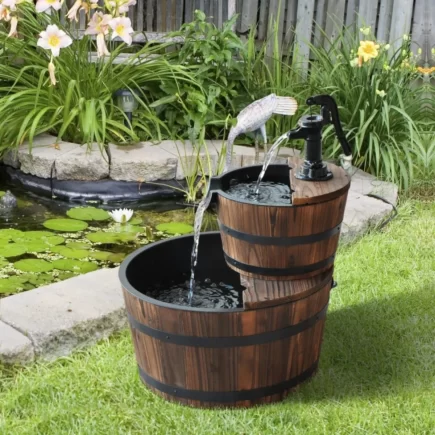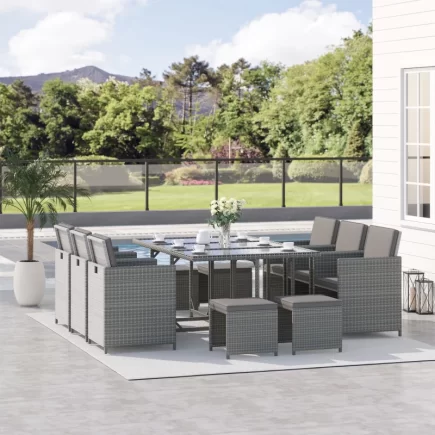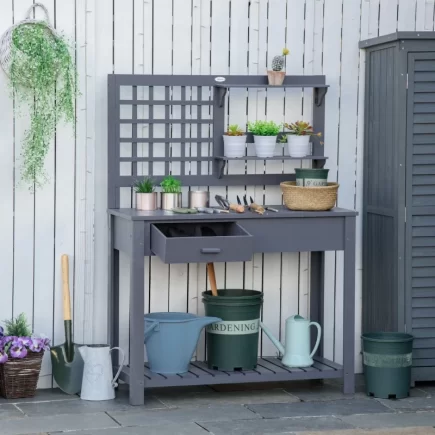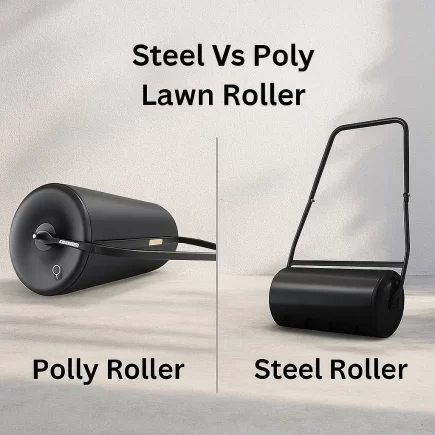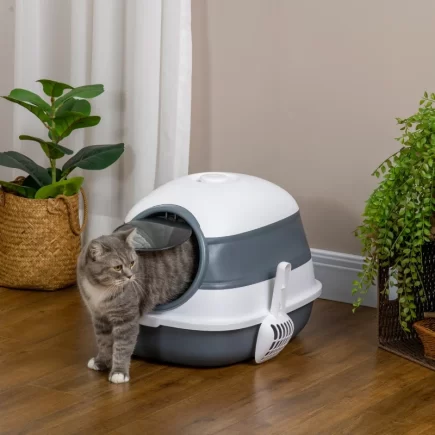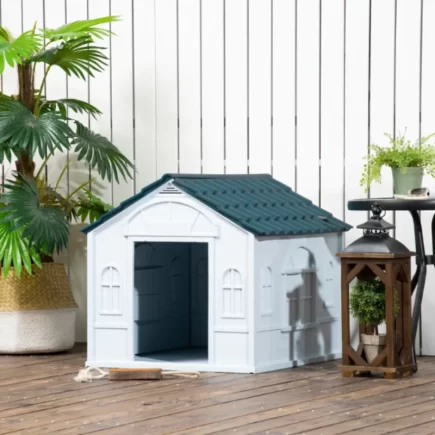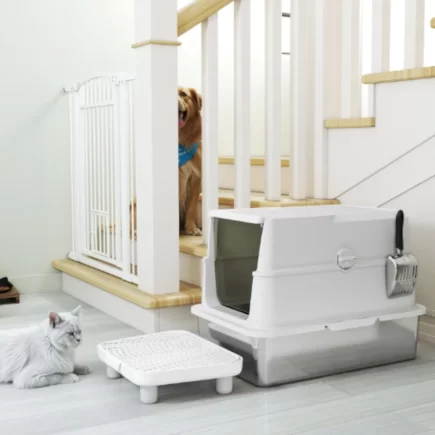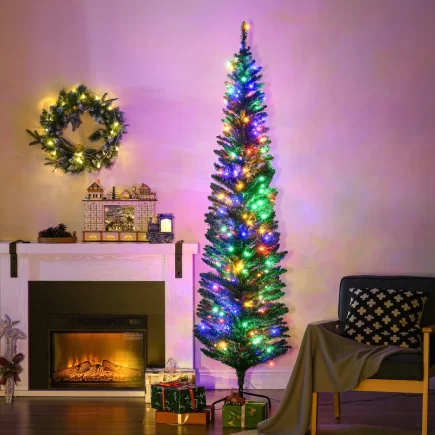
If your privacy screen is smudged, hazy, or just plain grimy, you’re probably wondering: how do I clean this without ruining it? You’re not alone. Whether you’re using a privacy screen on your laptop at a coffee shop, your smartphone on the subway, or a decorative privacy panel in your backyard, screen care is essential. A dirty screen doesn’t just look bad, it also reduces screen clarity, visibility, and even the filter’s effectiveness.
Material For Cleaning Privacy Screen
Recommended Materials To Use

| Item | Purpose |
| Microfiber cloths | Gentle wiping, lint-free cleaning |
| Soft-bristle brush | Dusting and loosening dirt (especially wood/fabric) |
| Distilled water | Residue-free cleaning |
| Mild dish soap | Breaks down grime without damaging surfaces |
| Spray bottle (optional) | For applying homemade or store-bought solutions |
| Garden hose (low pressure) | For rinsing metal/wood screens |
| Bucket | To hold water/cleaning solution |
| White vinegar (optional) | Natural solution for mildew |
Natural Cleaning Solutions
- One popular DIY mix is a 50/50 blend of distilled water and white vinegar. This solution works well on most screen types, but it’s important to test a small corner first to ensure compatibility and avoid damage. Also, never oversaturate the cloth; the moisture should be minimal.
- Regardless of the solution you choose, always spray the cleaner onto a microfiber cloth, never directly onto the screen, to prevent liquid from seeping into the edges or ports.
Materials to Avoid
| Avoid These | Why |
| Paper Towels | Can scratch and leave lint |
| Tissues or Napkins | May tear and leave fibers |
| Household Glass Cleaners | Contain ammonia and harsh chemicals |
| Bleach, Acetone, Alcohol | Can damage coatings or leave streaks |
Step-by-Step Guide on Cleaning Metal Privacy Screen
Step 1: Prepare the Area
Cleaning can get messy. You’ll need enough room to reach all sides of the screen and avoid getting the surrounding surfaces dirty or soapy.
- If your screen is portable or freestanding, move it outdoors (like to a patio, driveway, or backyard lawn).
- If your screen is permanently installed, then remove nearby furniture, planters, or cushions that could get wet and cover nearby items with plastic sheeting if they can’t be moved.
Step 2: Dust or Brush Away Loose Debris
Removing dry dust, pollen, spider webs, and other debris prevents smearing dirt during washing and avoids unnecessary scratching.

- Use a dry microfiber cloth, feather duster, or soft-bristled brush.
- Start from the top and work your way down. This ensures you don’t move dust to areas you’ve already cleaned.
- Pay special attention to corners, decorative cutouts, or vents where cobwebs or grime may hide.
- Don’t press too hard; you want to lift away particles, not grind them into the finish.
Step 3: Mix Your Cleaning Solution
Using the right solution ensures you remove grime without damaging the metal or its coating.
What you’ll need
- A clean plastic bucket
- Warm water (not hot)
- Mild dish soap (just a few drops)
- Optional: White vinegar for greasy spots or buildup
Instructions:
- Fill the bucket with about 1 gallon (3.7 L) of warm water.
- Add 2–3 drops of mild dish soap.
- Stir gently with your hand or a soft stick.
- If you’re dealing with greasy areas (like near BBQs or outdoor kitchens), mix in 1 teaspoon of white vinegar for extra degreasing power.
Step 4: Dampen the Cloth

An overly wet cloth can leave streaks or drip into joints, while a dry one won’t clean effectively.
Instructions:
- Dip a microfiber cloth into your soapy water mixture.
- Remove it and wring it out until it’s just damp, it should not be dripping.
- If you’re using a sponge instead, make sure it has no abrasive side.
Step 5: Wipe Gently in Circular or Straight Motions
Use the dampened cloth to clean the screen gently:
- Wipe in circular motions for general cleaning or straight vertical/horizontal lines to minimize streaks.
- For stubborn smudges: hold the cloth on the spot for a few seconds, then wipe softly.
- Do not press too hard; excessive pressure can damage pixels or LCD layers.
Step 7: Let It Air Dry Before Turning
Moisture can lead to rust on exposed metal or water spots on painted finishes if left to air dry unevenly.
Instructions:
- Use a dry, clean microfiber cloth to hand-dry the surface thoroughly.
- Wipe from top to bottom using long, even strokes.
- Pat dry tight corners, screw holes, or joint areas to prevent trapped water.
- If your screen is freestanding and was cleaned while lying down, allow it to air dry for 30–60 minutes.
Cleaning Wood Privacy Screen

Step 1: Brush Off Debris
Wood is porous and textured. Dust, pollen, or leaves that accumulate in crevices can trap moisture, leading to mildew or decay.
- Begin with a dry soft-bristle brush (natural bristles are ideal).
- Gently wipe the entire surface of the panels, frame, joints, and trim.
- Use a smaller brush or an old toothbrush for corners, joints, and in-between slats where spider webs or dried leaves collect.
Step 2: Mix a Gentle, Wood-Safe Cleaning Solution
- Warm water (not hot, to prevent opening wood pores)
- A few drops of mild dish soap (unscented or plant-based preferred)
- Optional: White vinegar for mildew-prone zones (mix 1 part vinegar with 3 parts water)
Instructions:
- Fill a plastic bucket with about 1 gallon of warm water.
- Add your soap or vinegar solution as needed.
- Stir gently to prevent excessive suds from forming.
Step 3: Always Perform a Spot Test
Wood finishes react differently to moisture and vinegar; therefore, always perform a spot test first. Dab a small amount of your cleaning solution on a hidden area (like the back or bottom edge), wait 2–3 minutes, then wipe dry. Check after 5–10 minutes for any discoloration or texture changes before proceeding.
Step 4: Wipe Down Using Light Pressure
- Dip a clean microfiber cloth into the solution.
- Wring it out until barely damp.
- Wipe each panel with the grain, not against it.
- Use smooth, even strokes to avoid leaving streaks or dragging dirt.
For Mold Spots:
- Mix a vinegar-water solution (1:3) for targeted mildew cleaning.
- Dip a fresh cloth or sponge into the mixture.
- Gently blot or wipe affected areas without scrubbing.
Step 5: Rinse and Dry
- Use a gentle hose spray or watering can to lightly rinse.
- Do not use any form of pressure washer, even at low settings, they can erode or etch the wood surface.
- Immediately after rinsing or wiping, blot the surface with a clean, dry towel.
- Focus on joints and corners where water may pool.
- Let the screen air dry fully in a sunny, breezy area.
Cleaning The Retractable Privacy Screen
Step 1: Fully Extend the Awning

To start, unroll the screen completely until the fabric is stretched flat. If your model includes a locking mechanism, make sure it’s engaged. This ensures the fabric stays in place while you clean and prevents it from retracting unexpectedly.
Step 2: Dry Brush Surface Dirt
With the awning fully extended, take a soft-bristled broom or a dry microfiber cloth and sweep away any loose debris. Focus on removing items such as dust, pollen, dried leaves, or insect droppings. Always work gently to avoid snagging or stretching the fabric.
Step 3: Mix a Mild Cleaning Solution
In a bucket, combine lukewarm water with a few drops of mild dish soap. Stick to non-abrasive, non-bleach formulas; harsh chemicals can weaken the fabric or strip away protective coatings like UV resistance or waterproofing.
Step 4: Spot Clean the Fabric Gently
Dip a microfiber cloth or soft sponge into your soapy water and wring it out thoroughly. Begin cleaning the fabric in sections, wiping with light, even pressure. For spots or stains, press the damp cloth onto the area and let it sit for 10–15 seconds before gently rubbing in small circles.
Step 5: Rinse Off Soap Residue
Use a clean spray bottle filled with plain water or set your garden hose to a fine mist. Lightly spray down the awning to remove visible soap, avoiding saturating the fabric. The goal is to rinse, not soak.
Step 6: Allow Fabric to Air Dry Fully
Keep the awning extended until the fabric has dried completely. This can take a few hours, depending on temperature and humidity. Retracting it too soon can trap moisture, leading to mildew or unpleasant odours.
Step 7: Clean the Frame and Mechanism
Use a damp cloth to wipe down the cassette, frame, and any exposed side rails or posts. Be sure to check the track or roller system for trapped dirt, leaves, or bugs. If the retraction feels stiff, apply a light coat of silicone spray lubricant (never oil-based) to the moving joints and track guides.
What If the Privacy Screen Peels or Gets Damaged
| Issue | Solution |
| Light Peeling | Press gently and clean around the edge |
| Cloudy or Blurry Screen | Clean thoroughly, check for residue |
| Lost Privacy Effect | Likely time to replace it |
Your Screen, Your Investment
Whether you’re maintaining an outdoor privacy panel, keeping your screen clean ensures longer life, better performance, and clearer viewing. Regular upkeep also protects your investment and keeps things looking sharp. For outdoor privacy screens that add both function and style, check out Aosom’s Privacy Screen. They’re easy to maintain and built to last.
FAQs
1. Can I leave my outdoor privacy screen out all year round?
That depends on the material. Metal and treated wood screens can often withstand year-round exposure, but it’s best to cover or store them during harsh winter conditions to avoid long-term damage. Retractable fabric screens should be retracted and protected during storms, snow, or freezing temperatures.
2. What’s the best way to store a privacy screen during the off-season?
For portable or retractable screens, clean them first and let them dry fully. Store them in a dry, covered location like a garage or shed. Use a dust cover or storage bag to protect from moisture, dust, and pests.
3. Can I paint or stain my privacy screen to change its look?
Yes, but it depends on the material. Wooden screens can be stained or painted with weatherproof outdoor paint. Metal screens may need sanding and a rust-resistant primer before painting. Always clean thoroughly before applying any finish.

